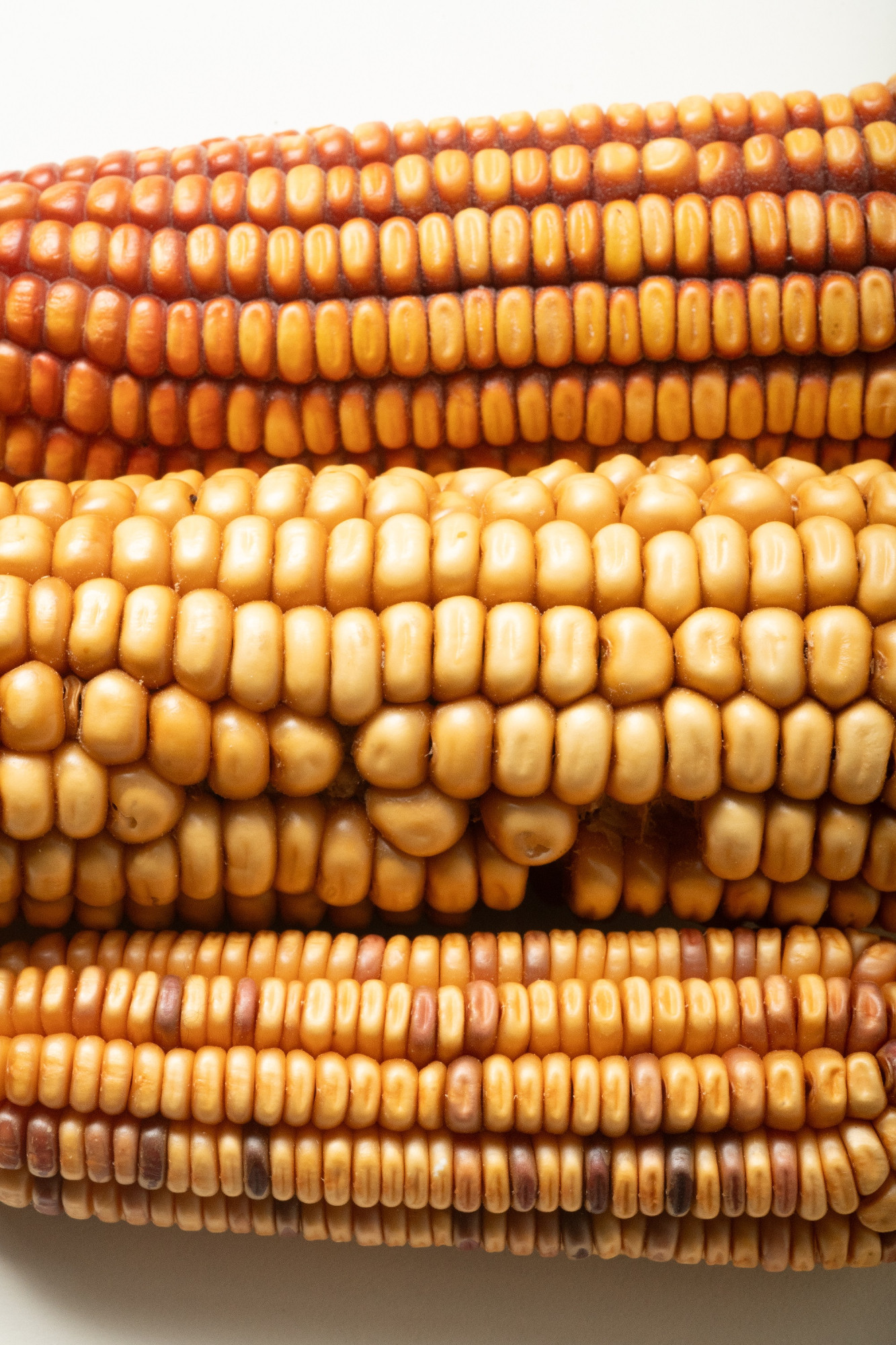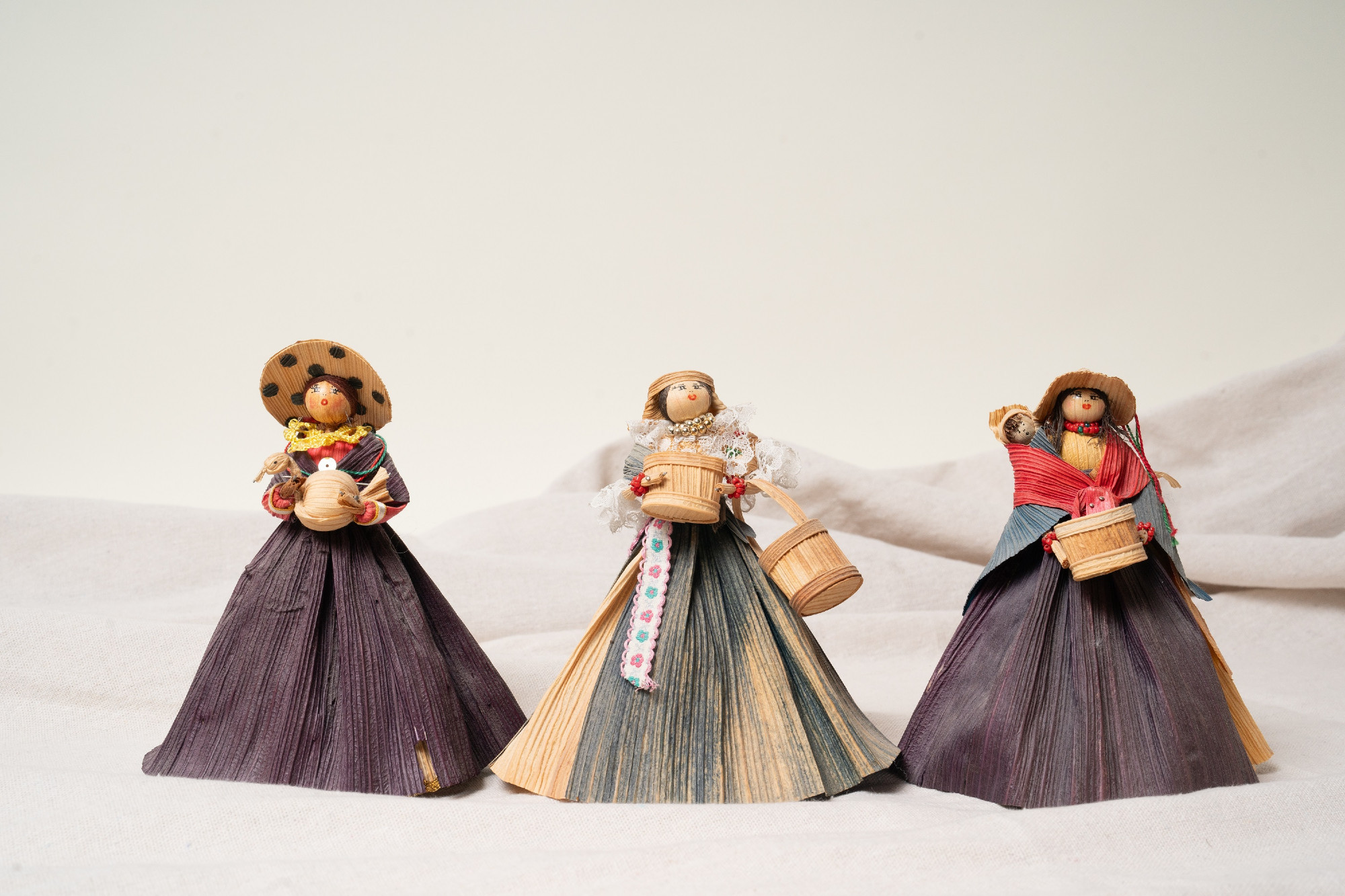#TheSacredCrop#KernelsOfCulture#MaizeAroundTheWorld Venezuelan artist Waleska Font's THE SACRED CROP is a vibrant exploration of the spiritual significance of corn in Pre-Columbian Latin America through painting & poetry. Cintéotl depicts the Aztec deity of maize & symbol of gender fluidity/duality
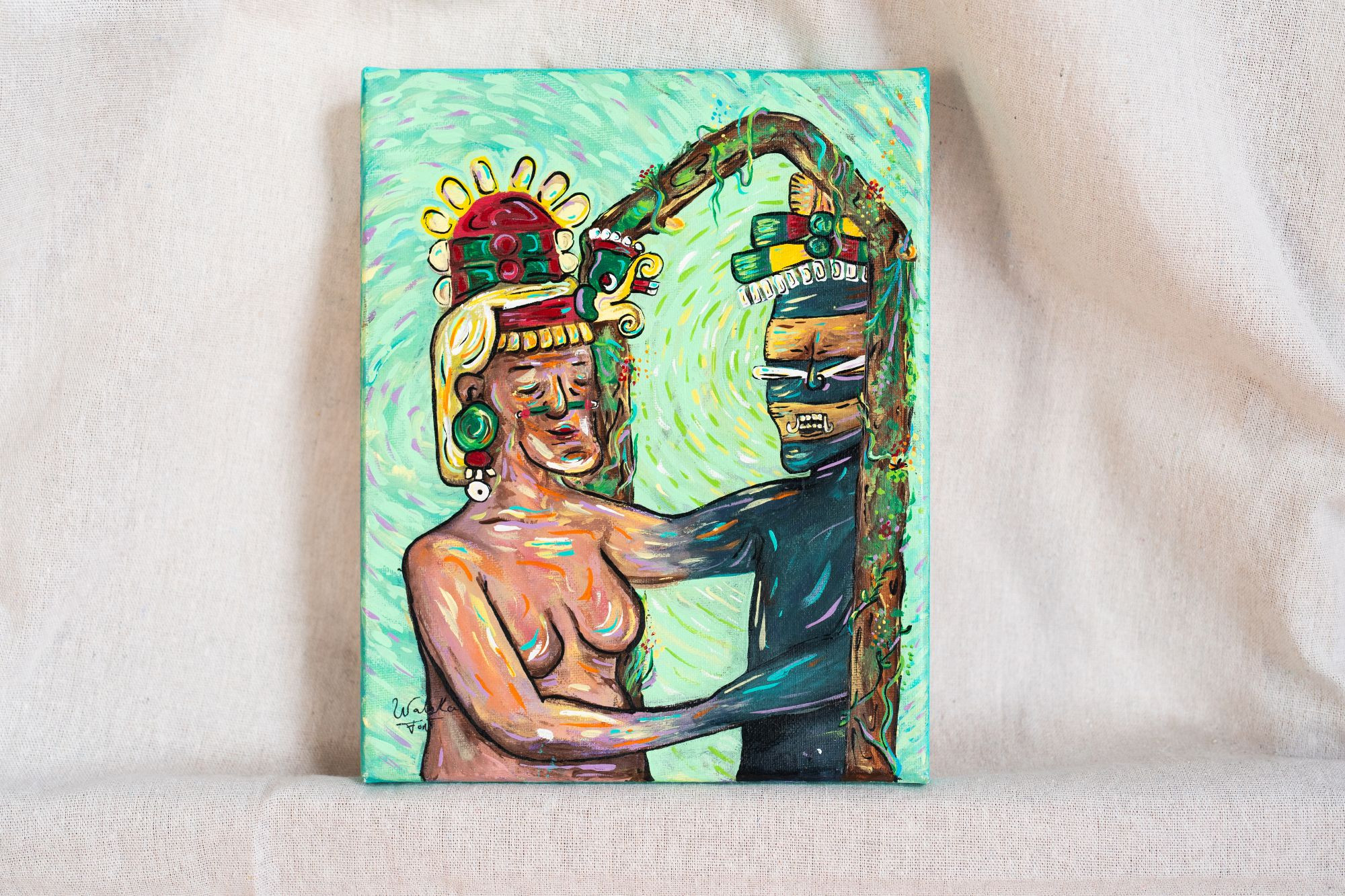
Corn husk dolls have been a popular Indigenous craft in the Americas for millennia; they play a crucial role as symbols for broader social & cultural understanding. These 3 dolls represent different Indigenous peoples in Ecuador, and are lent by Dr. Carmen Ulloa Ulloa. #KernelsOfCulture

Dail: "Growing corn has been an interesting journey, in North Saint Louis. ... Like me, the plant has been in an urban environment. Each crop teaches me about the land and environment we share." #KernelsOfCulture#MaizeAroundTheWorld
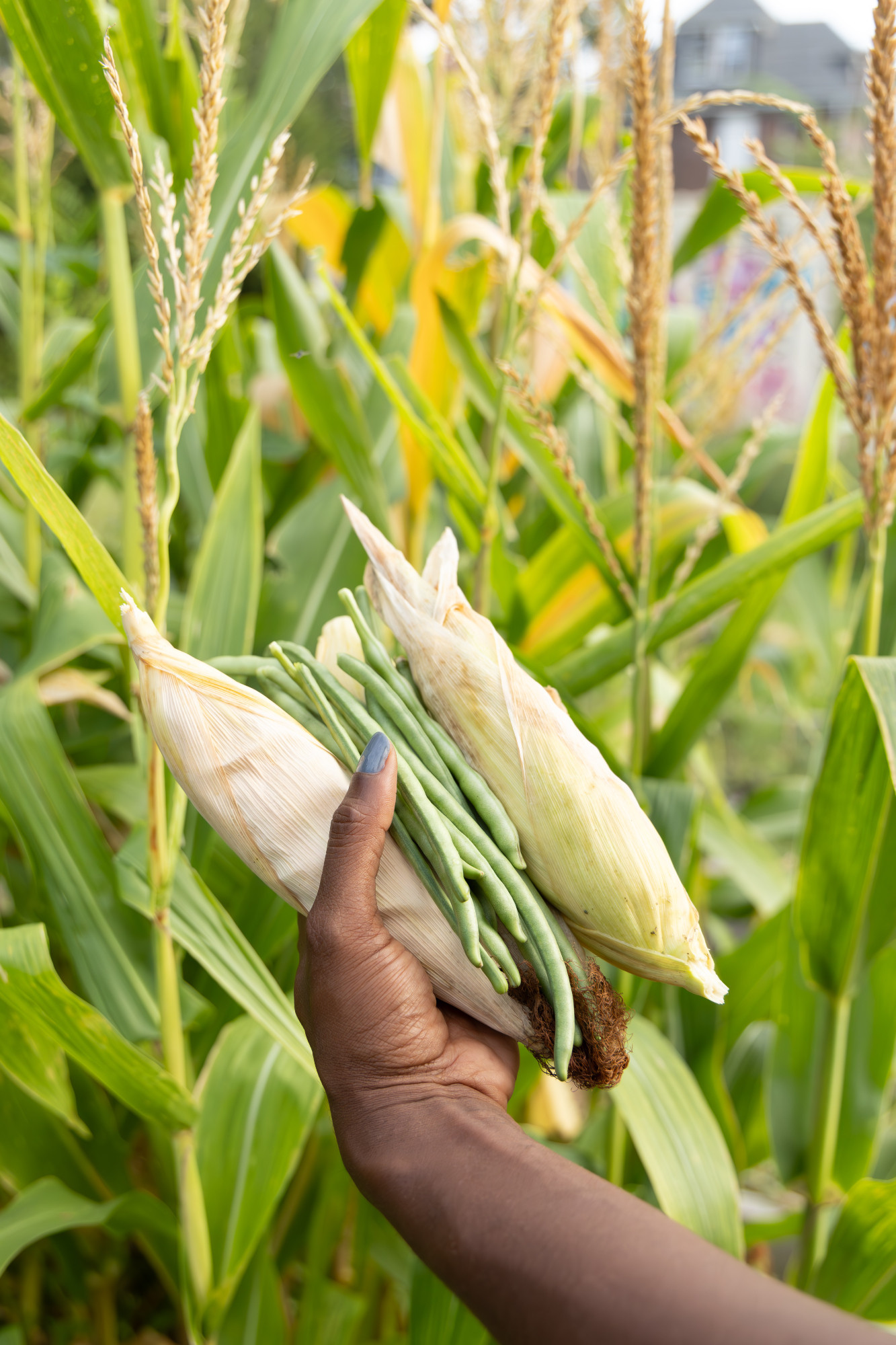

Dail Chambers is a visual artist, creative consultant and grower. She is a community-focused farmer whose Coahoma Orchards is an urban orchard “direct action” dedicated to the cross cultural heritage of Native and African people. #KernelsOfCulture#MaizeAroundTheWorld
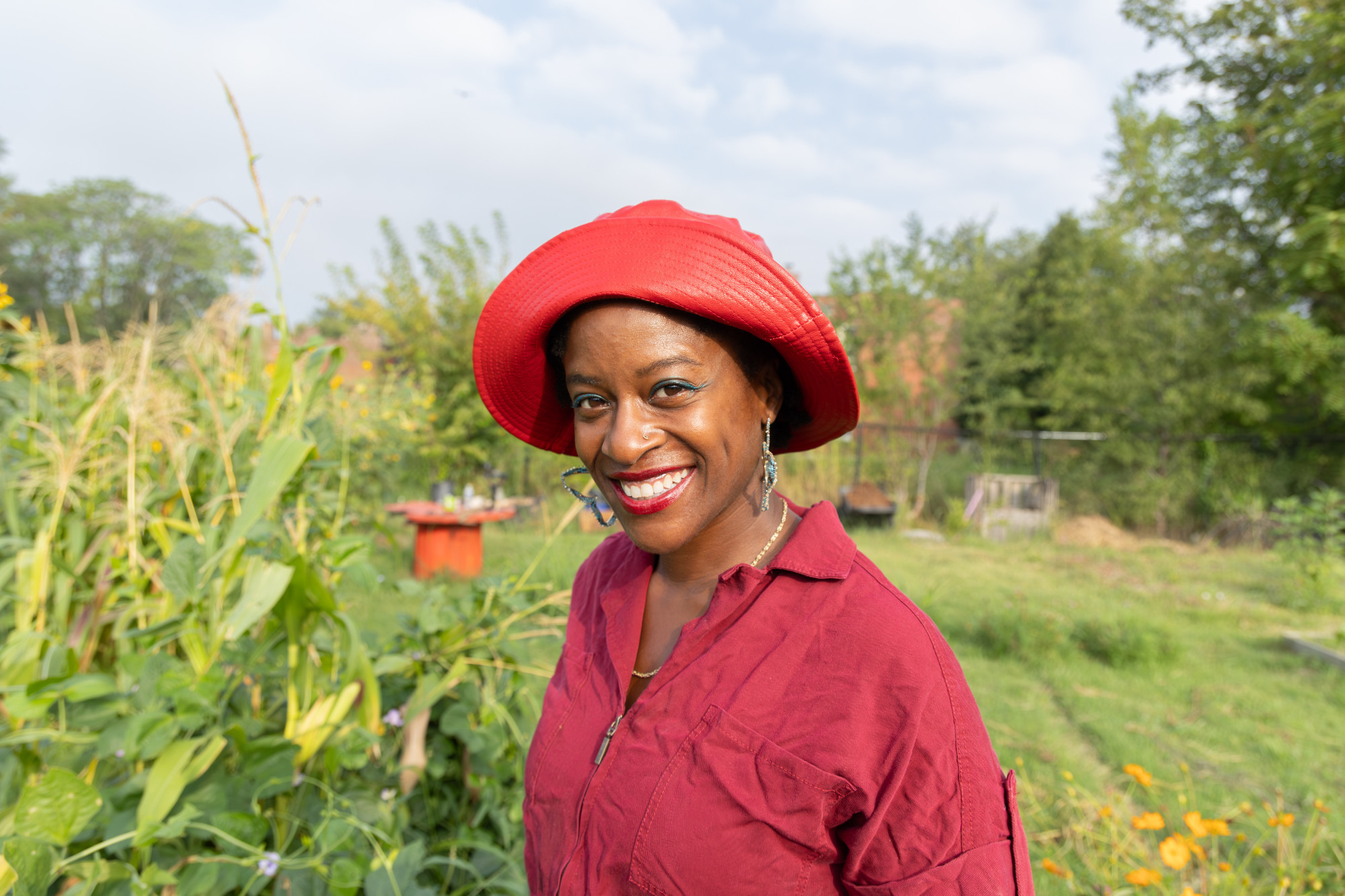
“The Birth of the Viscount” is a story from Brazilian writer Monteiro Lobato's Sítio series that features the creation of the Viscount of Sabugosa using a corn cob. The work is a classic of Brazilian children’s literature. All items courtesy of Viva Brasil STL #KernelsOfCulture#MaizeAroundTheWorld
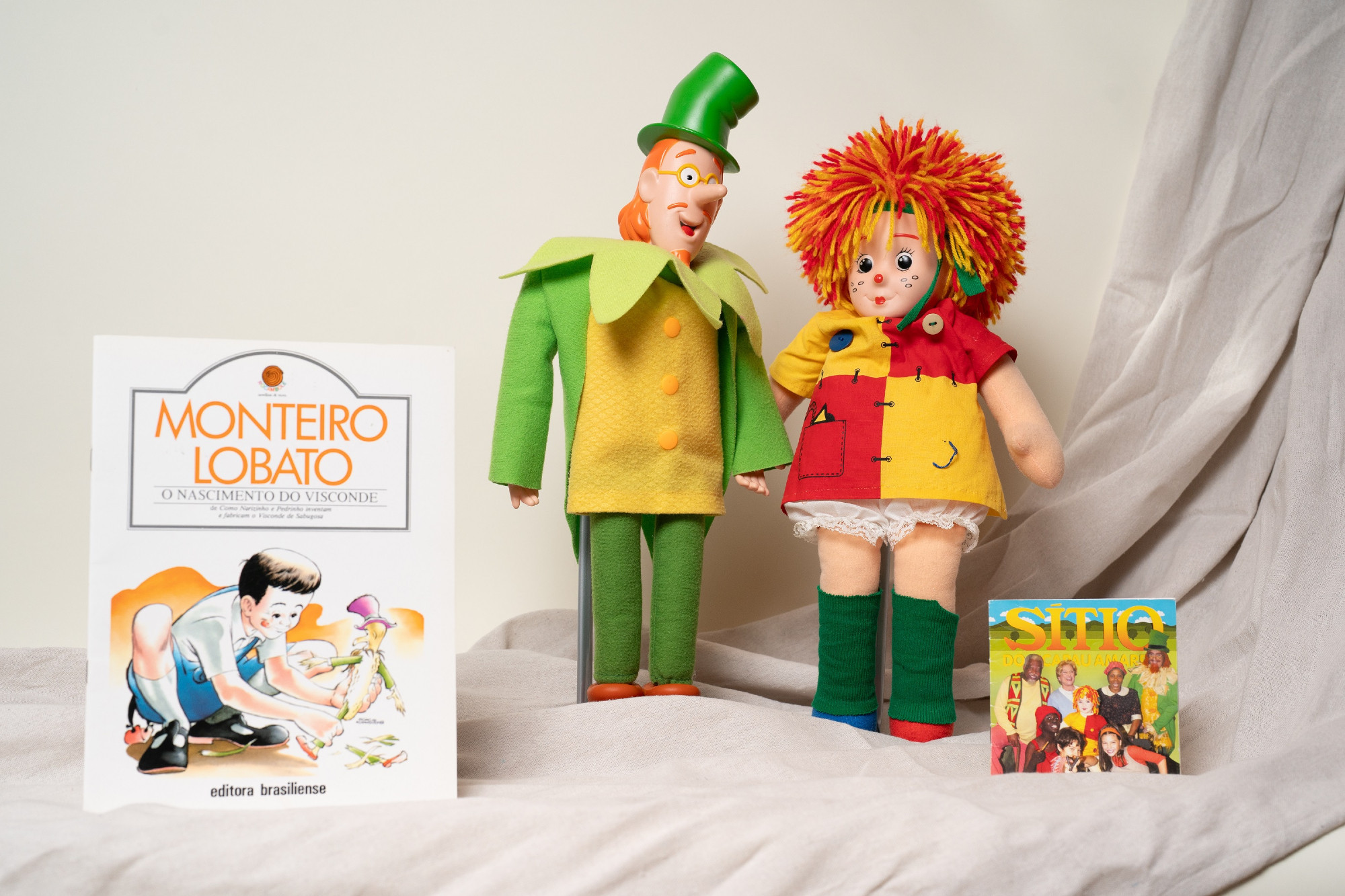
The totuma is a carved calabash fruit, which Indigenous peoples in Central & South America use to make food receptacles. In Colombia, it is used particularly for drinking chicha—a traditional beverage derived from the non-distilled fermentation of maize. #KernelsOfCulture#MaizeAroundTheWorld
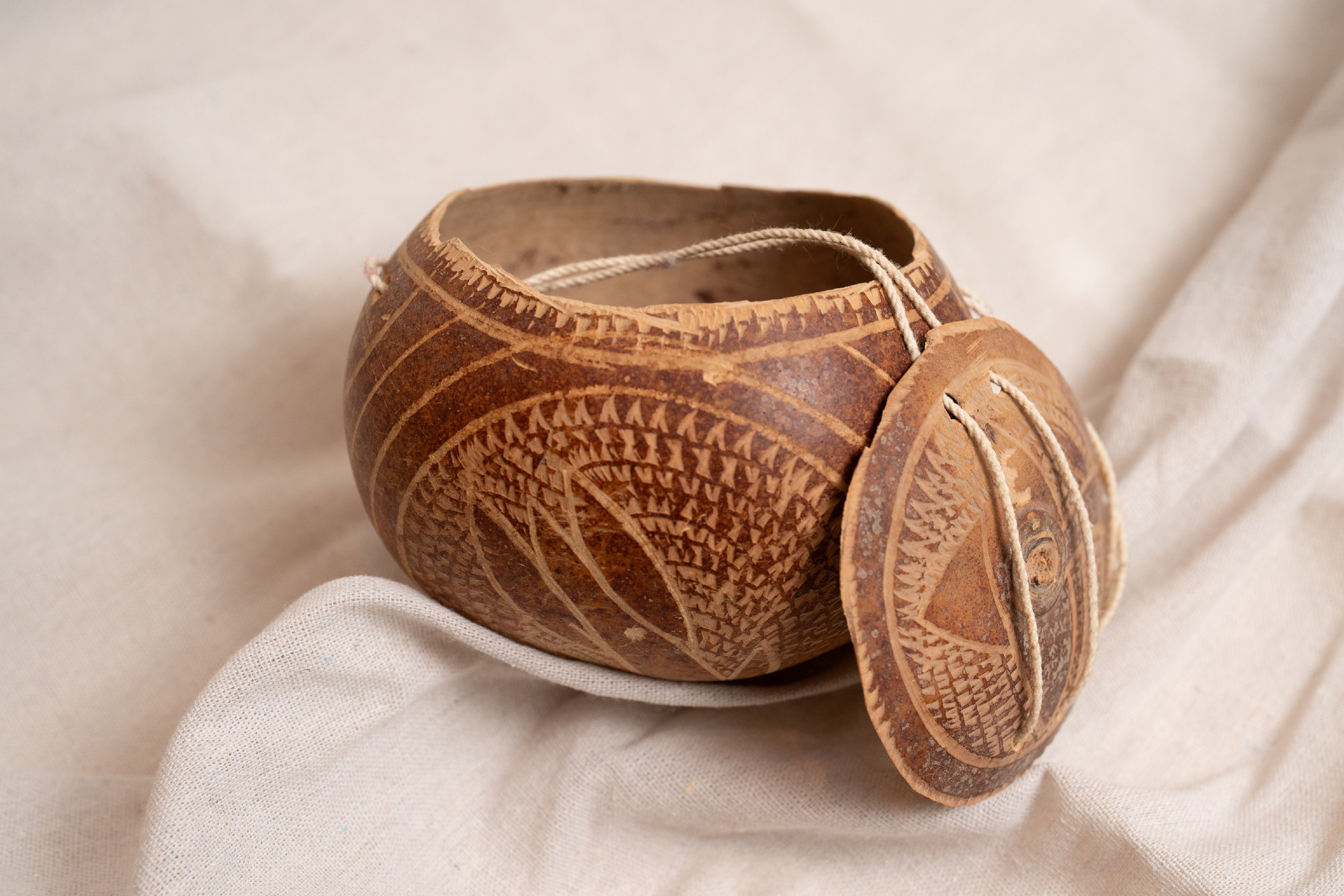
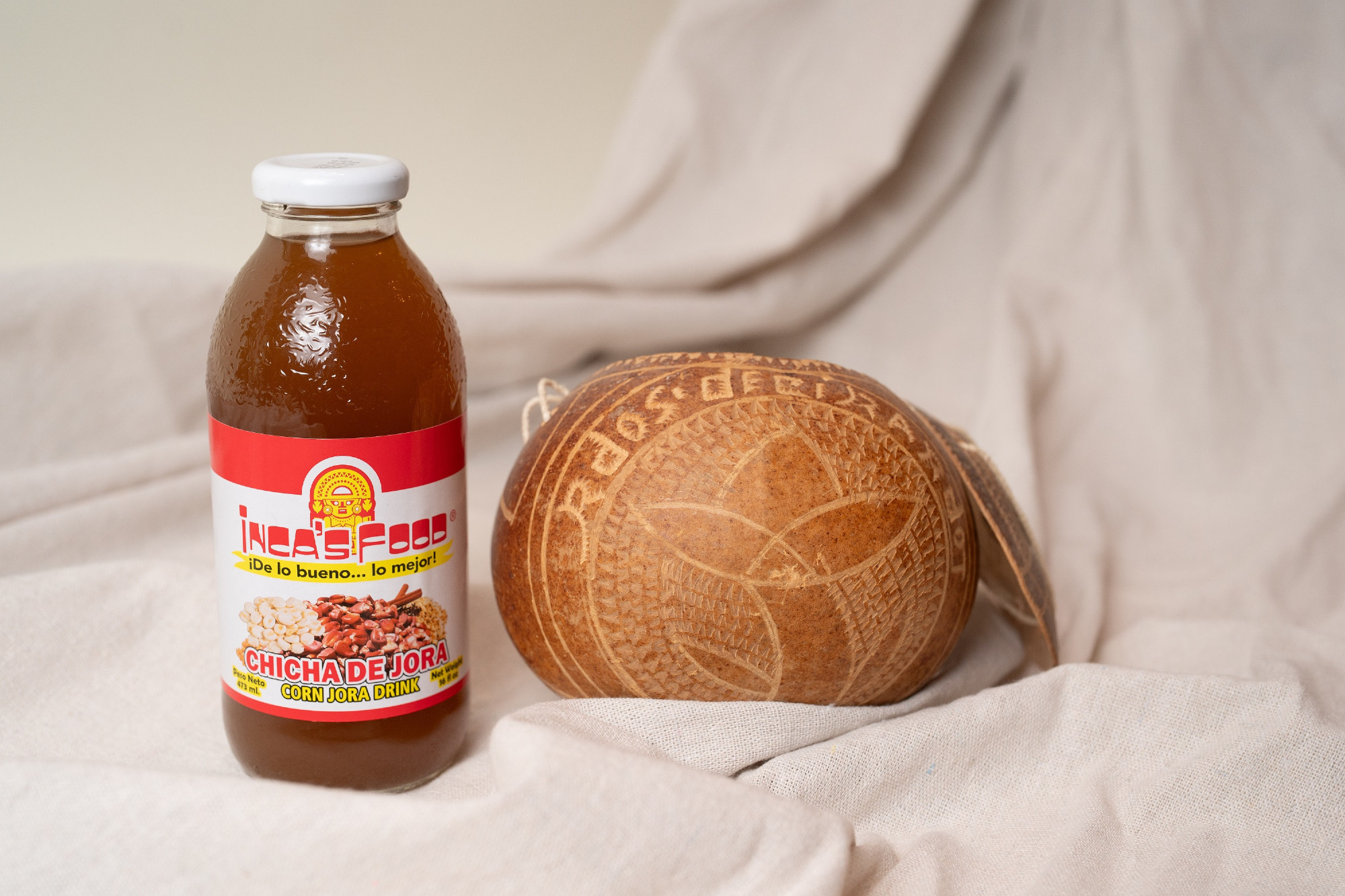
Art zines for the win! #KernelsOfCulture#MaizeAroundTheWorld artist Waleska Font worked with designer Fern Denne to share her THE SACRED CROP painting and poetry series for the exhibition in zine form. Please find the PDF to download in our linktree.
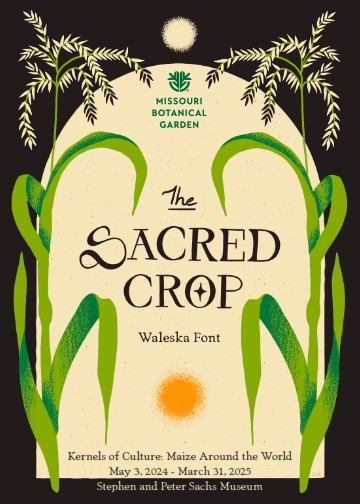
The large yellow ear (center) is the Olotón variety from Chichicastenango, Guatemala; The amber or orange ear (left) from Sacapulas, Guatemala is a variety called Comiteco. The yellow and purple variety (right) was collected from nearby at Chichen Itza. #KernelsOfCulture
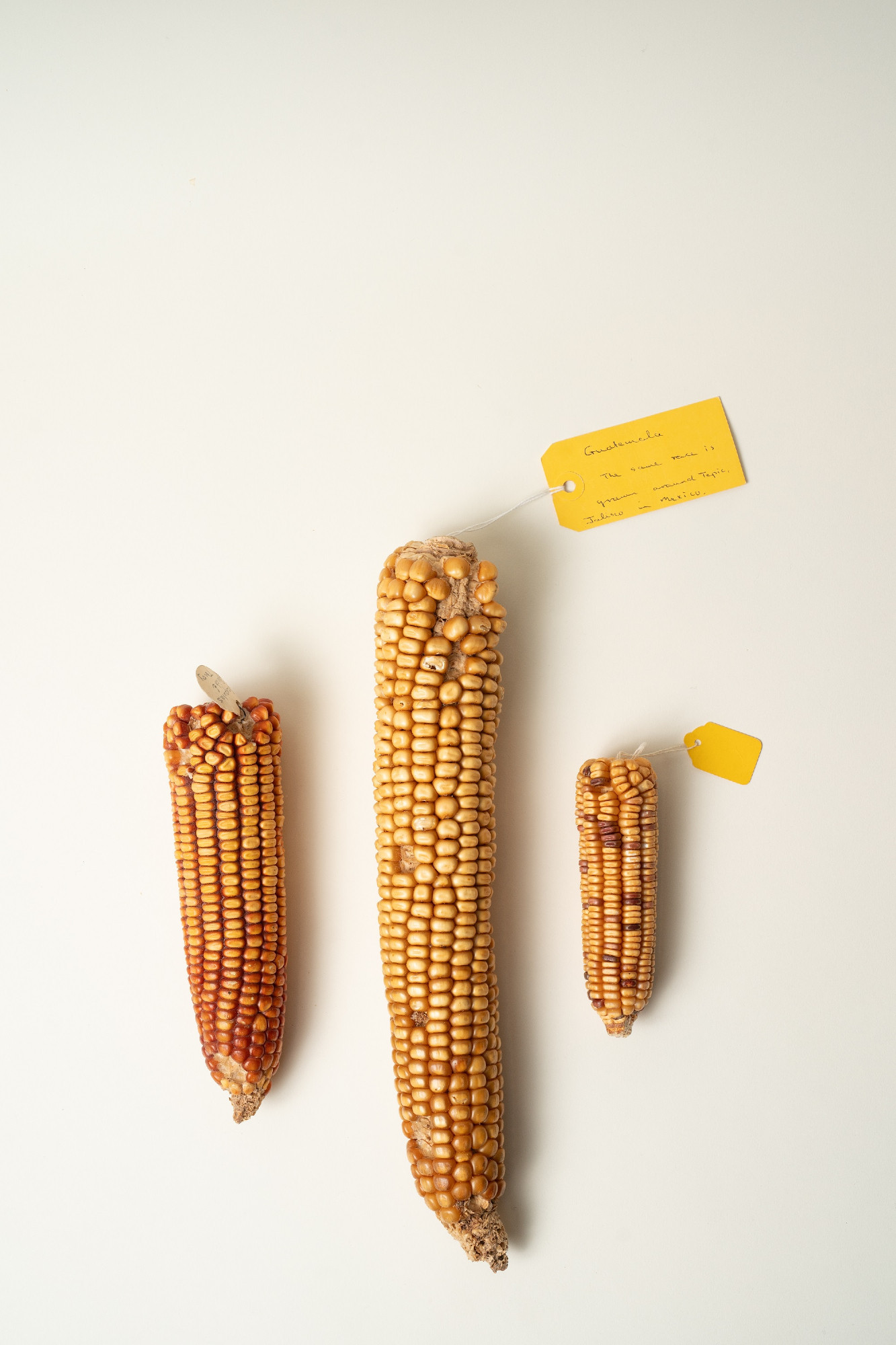
#KernelsOfCulture#MaizeAroundTheWorld These three maize cobs originate from southern Mexico and Guatemala, and are one set of several on view from MOBOT's Herbarium; 6794944, 6794944, 6794952 (collected 1934-1947); 📸: Virginia Harold
